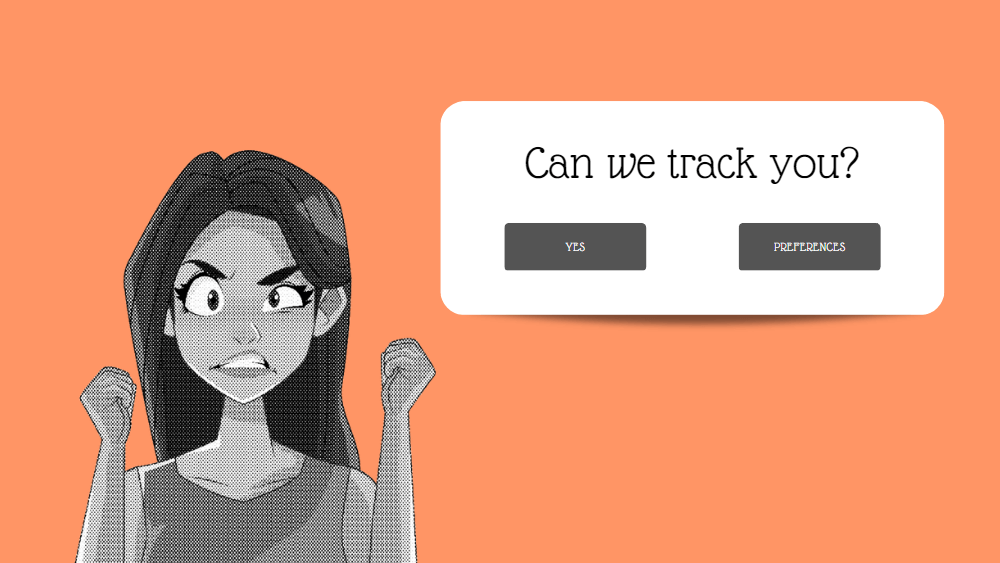Everything You Need to Know About GDPR Consent

Welcome to our series of articles about GDPR consent! If you’re running a business in the European Union, or if you process personal data of EU citizens, you need to comply with the General Data Protection Regulation (GDPR). One of the fundamental principles of the GDPR is that individuals have the right to control their personal data and how it is used. This means that before you collect, process, or share someone’s personal data, you need to obtain their valid and informed consent.
In this series, we will be answering some of the most common questions about GDPR consent and providing guidance on the necessary practices. We’ll cover topics such as:
- What is valid and informed consent under the GDPR?
- When do you need to obtain consent from individuals?
- How can you obtain valid consent from individuals?
- What are the consequences of not obtaining valid consent?
- How can you manage and maintain consent records?
- How can you handle consent withdrawal and data subject requests?
We understand that GDPR compliance can be a daunting task, but it’s essential to protect individuals’ privacy rights and avoid potential legal and financial consequences. By following best practices for obtaining valid and informed consent, you can build trust with your customers and ensure that you’re meeting your legal obligations. So, let’s dive in and explore GDPR consent in more detail!
- What Is Consent Under the GDPR? Do you need to ask for consent? Should you? The subject of collecting consent under GDPR is not trivial.
- Dark Patterns: 10 Examples of Manipulative Consent Requests While not always illegal, “Dark patterns” are deceptive user interfaces that trick people into acting against their best interests.
- How to Record Consent Under GDPR You must be able to demonstrate that you’ve obtained their consent. Learn how to do it in a compliant way.
Ready to Unlock the Full Potential of Your Website?
Start tracking, optimizing, and growing with Wide Angle today.